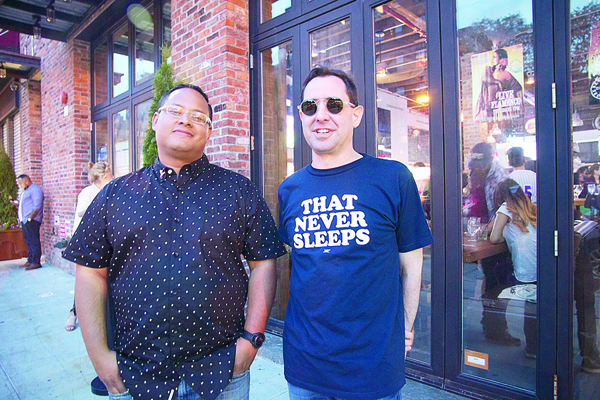BY John Gutierrez
In the spring of 1961, Julio Peguero was a 21-year-old sailor stationed at the Dominican military base at Haima. He was three and a half years into what would become a nearly decade-long military career. But on the night of May 30, 1961, Peguero’s life and that of every other Dominican citizen would change forever. Rafael Leonidas Trujillo, the Dominican Republic’s all-powerful ruler since 1930, was being driven from the presidential palace in Ciudad Trujillo to the home of one of his mistresses. Along a deserted stretch of highway, Trujillo and his driver were confronted by a band of assassins who fired a volley of bullets at the dictator, killing him and seriously injuring his chauffeur.
The assassination of Rafael Trujillo brought a bloody end to one of the most violent and notorious regimes in Latin American history. Trujillo’s story is familiar to those who know the political history of Latin America in the 20th century. Born to a modest family, Trujillo found order and opportunity in the Dominican Republic’s armed forces. The island nation was, in the 1920s, devoid of any political stability except that provided by the United States, which had controlled the Dominican Republic’s customs house since 1905 and the country as a whole since 1916. Among the United States’ many initiatives on the island during the years of occupation was the creation of a professional military. Trujillo was among the most notable and successful recruits to the U.S.-created army. By 1930, with the United States having withdrawn its troops from the Dominican Republic, Trujillo had emerged as the most important military leader on the island. It was to Trujillo that President Horacio Vázquez turned when a rebellion threatened his government. But Trujillo betrayed Vazquez and allowed the rebels to depose the president before then taking advantage of the rebels’ lack of unity to place himself at the top of a new party called the Partido Dominicano. After being elected in 1930, Trujillo ruled for three decades as the unchallenged caudillo (strongman) of the Dominican Republic. To friends and foes alike he was simply, El Jefe.
via Fifty years after his death, does Trujillo still matter? | 2011.



bluedavid
June 13, 2011 at 4:17 pmthis was a thought-provoking article… i wish it were longer
uptownco
June 13, 2011 at 6:12 pmHey David,
Click the link to read the rest of the article in the Manhattan Times. It really is a great article. Thanks for the comment.
Led